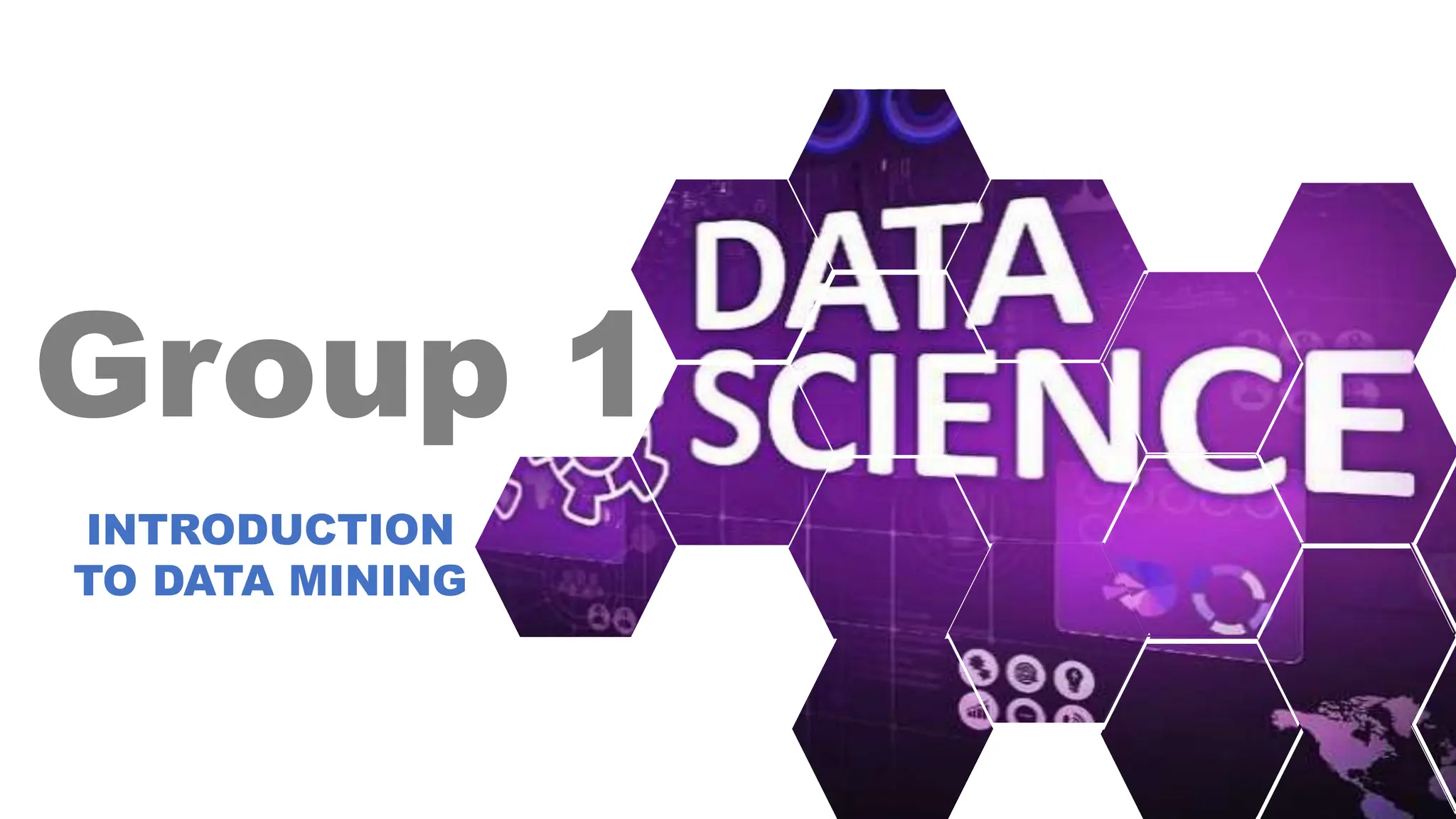The document provides an introduction to data mining. It defines data mining as analyzing data to understand the past and predict the future. It discusses how data mining combines statistics, machine learning, artificial intelligence, and databases. It also provides brief histories of data mining and database technology. Finally, it describes common data mining tasks like classification, prediction, regression, clustering, time series analysis, and summarization.

























































